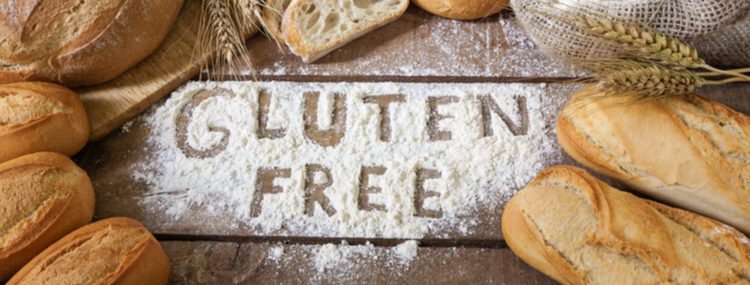
What’s a Gluten-Free Diet and Who Needs It?
The term gluten-free became a sensation a couple of years ago (and stayed that way) when studies showed us how we can be even healthier with our regular diets. While some experts maintain that gluten is harmful only for those who have celiac disease, some claim that it’s unhealthy for most people.
What is Gluten?
Cereal grains, especially wheat, contain different kinds of protein that give them different properties. Gluten is a mixture of two of these proteins that makes the dough of the grain flour elastic. When mixed with water, the flour’s gluten content forms a sticky, glue-like consistency. Gluten is what gives strength and texture to bread and other dishes made using the grain.
Found in cereal grains like wheat, rye, barley, oats, maize, etc., gluten is the mixture of the proteins named glutenin and gliadin. Out of these, the protein responsible for most of the negative health effects is gliadin. Gluten grains are usually found in: breads, cereals, baked foods, malt, pasta, sauces, salad dressings, soups, beer, yeast, and certain oats.
What Does Gluten Do and Who Should Avoid It?
Most people are tolerant of gluten. However, gluten can be harmful to people with some health conditions. These can include celiac disease, non-celiac gluten sensitivity (NCGS), wheat allergy, etc.
Celiac disease is the most severe form of gluten intolerance. In this case, the body treats gluten as a foreign invader, resulting in the immune system attacking the proteins as well as the lining of the gut. Besides damaging the gut lining, this also results in deficiency of nutrients, anaemia, acute digestive issues, and other diseases.
NCGS is a common condition and results in stomach pain, diarrhoea, tiredness, bloating, and depression when a person reacts negatively to gluten.
How to Avoid Gluten?
Although gluten is found in most of the common and everyday dishes, there are ways one can avoid these proteins. It may not be the easiest diet shift in the beginning, but it’s getting simpler every day as new ways are discovered.
Breads and baked foods made using grains and doughs that are free of gluten, by using substitute ingredients, are available. Making a meal plan that includes other healthy foods like millets, quinoa, greens, fruits, vegetables, beans, legumes, nuts, meat and poultry, seafood, soy, dairy products, etc. can make a huge difference.
At Calorie Care, we have a meal plan for those who have celiac disease, have any form of gluten intolerance, or simply want to go on a gluten-free diet to become healthier.
Is Gluten-Free Food Healthy for Everyone?
It’s been reported that once a person goes on a gluten-free diet, they feel much better, healthier. This is because avoiding gluten means you’re cutting back on processed foods that also contain other ingredients, like high calories, sugar and unhealthy fats, that are harmful. Besides, when one goes on a gluten-free diet, one avoids all unhealthy foods and consume much healthier options like fruits, vegetables, healthy proteins, and healthy fats.
Many people who go on a gluten-free diet report less joint pain, weight loss, better digestion, and less fatigue. Cutting down on gluten doesn’t have any negative effects on anyone, as long as these foods are replaced with other healthy options.
Info sources:
https://www.medicalnewstoday.com/articles/318606.php
https://www.healthline.com/nutrition/is-gluten-bad#health-effects






